Since the end of March, many cinnamon hills in Nam Luc commune (Bac Ha district) have been severely damaged by leaf-eating inchworms. Inchworms are a type of pest that causes damage in groups, eating away at the cinnamon leaves wherever they go, leaving the main veins of the leaves (a phenomenon similar to the death of the tree). The pests reduce the growth and development of the tree, creating favorable conditions for secondary pests to invade and cause damage. Young inchworms (instars 1-2) are very active, spinning silk and moving with the wind to cause damage. There is currently no effective control measure for this species, and they often cause damage again in the following years.
Discovering that inchworms were eating cinnamon leaves more than ten days ago, Mr. Quan Van Hanh's family in Nam Luc Thuong village (Nam Luc commune) sprayed pesticides. However, the worms still appeared, causing severe damage, causing his family's cinnamon forest, which is more than 6 years old, to lose its leaves.
When I discovered that there were leaf-eating worms, I bought some medicine to spray, but the worms only reduced, not eliminated. Currently, nearly 3 hectares of cinnamon in my family are severely damaged by worms, and it is difficult to recover.
Nam Luc commune currently has more than 90 hectares of cinnamon damaged by pests, of which the area severely and very severely infected accounts for 50%. As soon as pests appeared, the commune People's Committee established an inspection team to guide people in prevention and control. Accordingly, the team regularly checks the area of cinnamon pests and diseases, the situation and propagates and guides people in prevention and control measures.
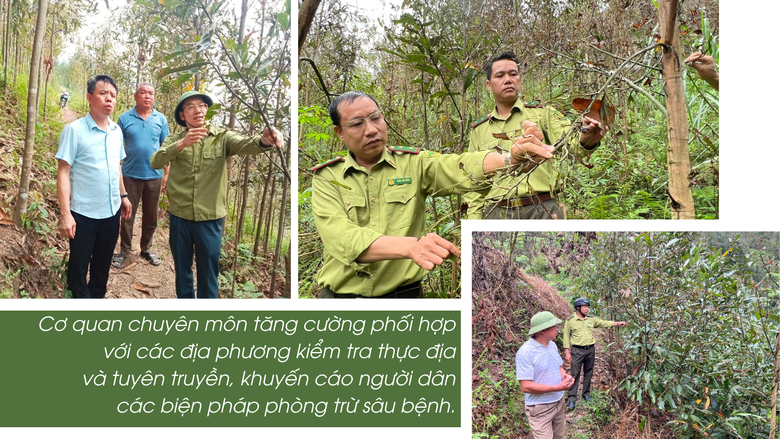
Ms. Giang Thi Van, an agricultural extension officer of Nam Luc commune, said: Every day, I am present in the villages and go to each household with cinnamon areas infected with pests to guide them on how to prevent and control them. Accordingly, for organic cinnamon areas, biological products or biological active ingredients are sprayed to balance the ecosystem and absolutely do not spray chemicals that affect the quality of organic cinnamon. At the same time, weeds are cleared from cinnamon hills, trees and branches are thinned, and soil is loosened around the base of the trees to kill pupae and larvae in the soil. For areas severely damaged by inchworms, spray simultaneously and isolate areas to prevent pests from spreading to other areas and spray again after 7-10 days.
To date, more than 80% of the cinnamon area infected with pests in Nam Luc commune has been sprayed with pesticides. Many households have proactively hired drones to spray pesticides on large areas and spray on cinnamon areas that are 6-7 years old. Many households have proactively exploited mature cinnamon hills to avoid harmful pests.
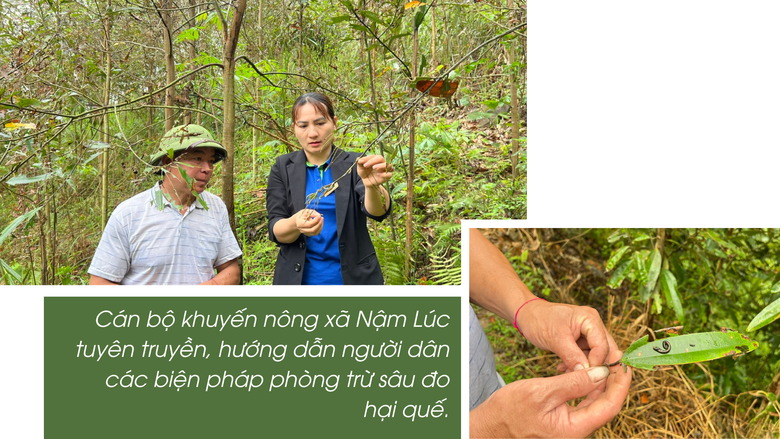
Since the beginning of the year, in Bac Ha district, more than 140 hectares of cinnamon have been damaged by pests (leaf-eating caterpillars, caterpillars, beetles, and cinnamon spire borers), of which the cinnamon leaf-eating caterpillar has caused severe damage (more than 110 hectares). The damaged areas are mainly in the communes of Nam Luc, Nam Det, Coc Lau, and Ban Cai...
To control pests, the Bac Ha District Forest Protection Department has coordinated with the District Agricultural Service Center and the People's Committees of communes to conduct field inspections, disseminate information, advise people on preventive measures, and provide pesticides to forest owners for timely spraying, preventing the spread of disease. For cinnamon hills over 6 years old that cannot be sprayed manually, the district has instructed people to spray pesticides using drones.
In Van Ban district, pests and diseases also appeared and damaged cinnamon trees in the communes of Tham Duong, Vo Lao, Son Thuy, Nam Dang... with a total area of over 150 hectares, of which 5 hectares were very heavily infected and 68 hectares were heavily infected. The district's professional agencies have propagated and instructed people to use pesticides properly, clear cinnamon forests to create ventilation and use light traps to trap butterflies.
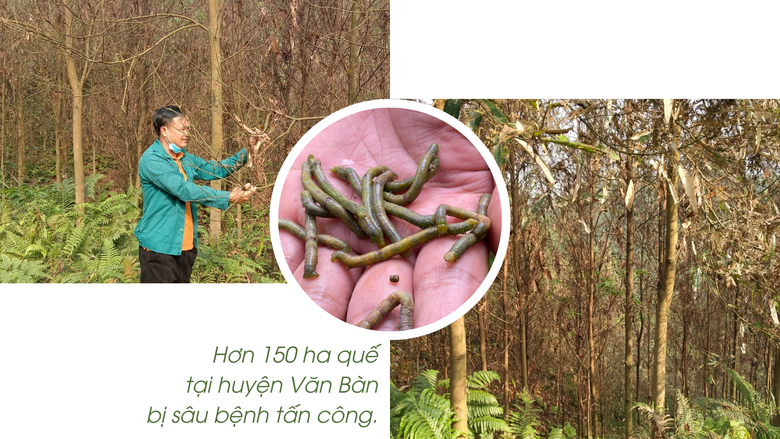
Currently, in the province, there are more than 385 hectares of cinnamon damaged by pests, mainly leaf-eating caterpillars in the districts of Bao Yen, Bao Thang, Bac Ha, Van Ban, Muong Khuong. Of these, 73 hectares of cinnamon are severely damaged and 122.5 hectares are severely damaged, the remaining area is moderately and lightly damaged. Cinnamon forests damaged by pests will grow and develop poorly, affecting productivity and output. Areas of cinnamon severely and very severely damaged by pests may die.
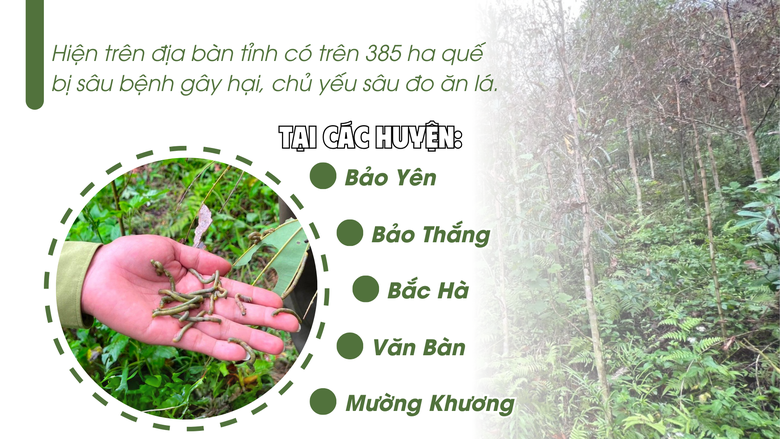
As soon as pests were detected, the Department of Agriculture and Rural Development organized an inspection team to grasp the situation of pests and diseases and issued a document requesting localities to review and report statistics. Along with that, the department held an online meeting with 4 districts (Bac Ha, Bao Thang, Bao Yen, Van Ban) and 12 communes with large cinnamon areas damaged by pests. Also attending the meeting were representatives of Son Ha Spices Company, the Forest Protection Research Center (under the Vietnam Forestry Science Institute) to grasp the situation of pests and diseases and agree on some prevention solutions for cinnamon trees.
Recommended measures to eradicate cinnamon cutworms include: Hoeing around the base of the tree to kill pupae and larvae in the soil; catching and killing young worms when they have just hatched and are still clustered in one place on the trunk or leaves of the tree; shaking the tree to make the worms fall to the ground and then catching and killing them; using light traps to attract light to trap adult butterflies (moths), using nets to catch and destroy them (this is a highly effective and safe measure, but it needs to be widely publicized in the community and encouraged to be applied by the entire population to be effective).
Use biological pesticides to spray to kill pests, both long-lasting in the forest and protecting parasitic natural enemies, non-toxic, and non-polluting. Only use chemical measures when pest density is high and on cinnamon areas that are not in organic cinnamon areas.
In the long term, to limit the occurrence and damage of pests, it is necessary to apply crop rotation measures for forestry crops and intercropping cinnamon with other forestry crops. Currently, the province is implementing a scientific project on research on pest control measures for cinnamon trees. In the coming time, the department will coordinate with the Forest Protection Research Center (under the Vietnam Forestry Science Institute) to research synchronous solutions for pest control of cinnamon.
Source





![[Photo] Looking back at the impressive moments of the Vietnamese rescue team in Myanmar](https://vstatic.vietnam.vn/vietnam/resource/IMAGE/2025/4/11/5623ca902a934e19b604c718265249d0)
![[Photo] "Beauties" participate in the parade rehearsal at Bien Hoa airport](https://vstatic.vietnam.vn/vietnam/resource/IMAGE/2025/4/11/155502af3384431e918de0e2e585d13a)

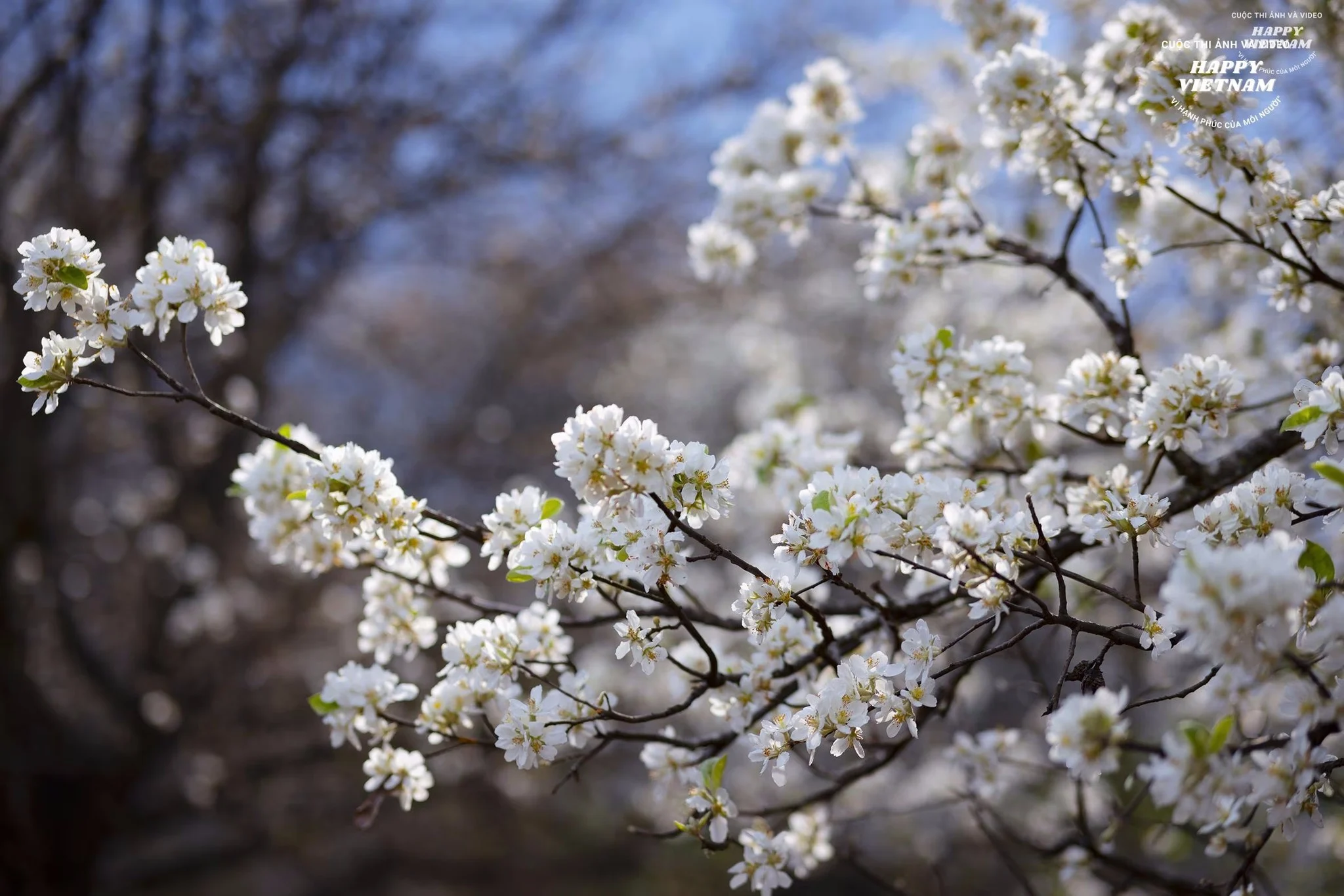

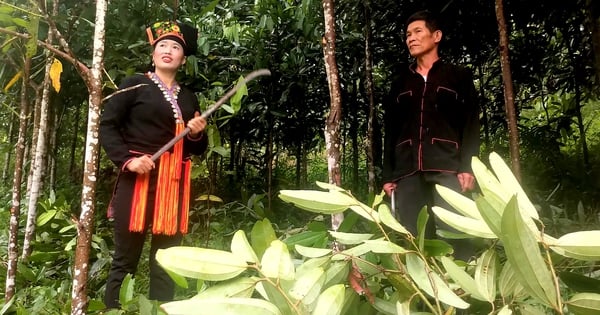

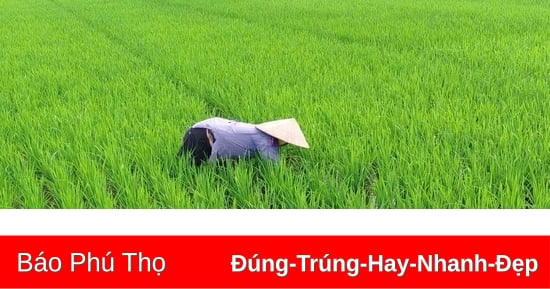
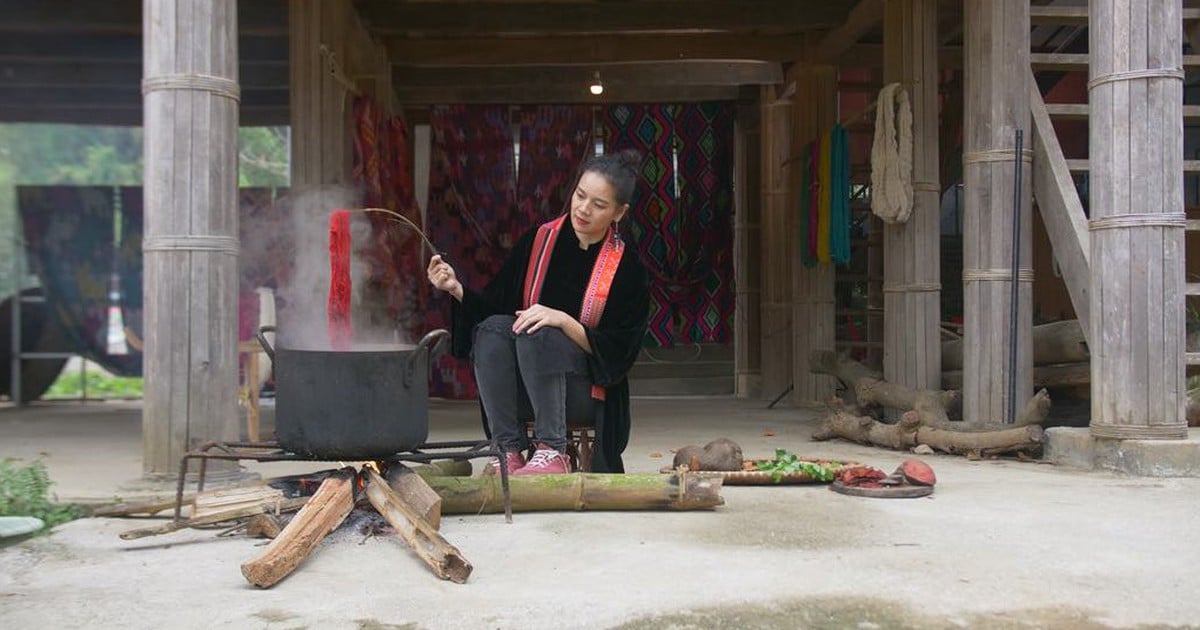


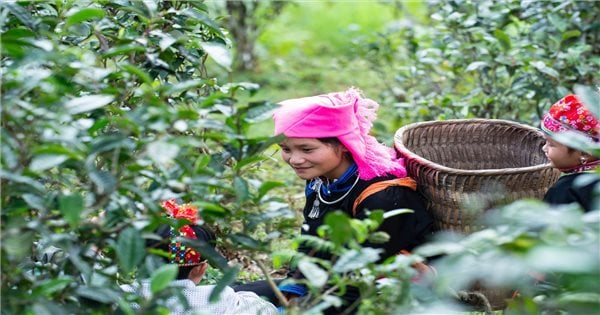
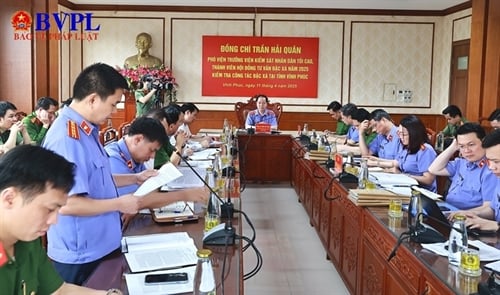
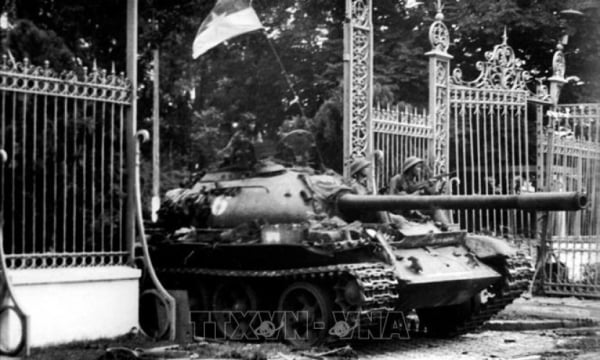
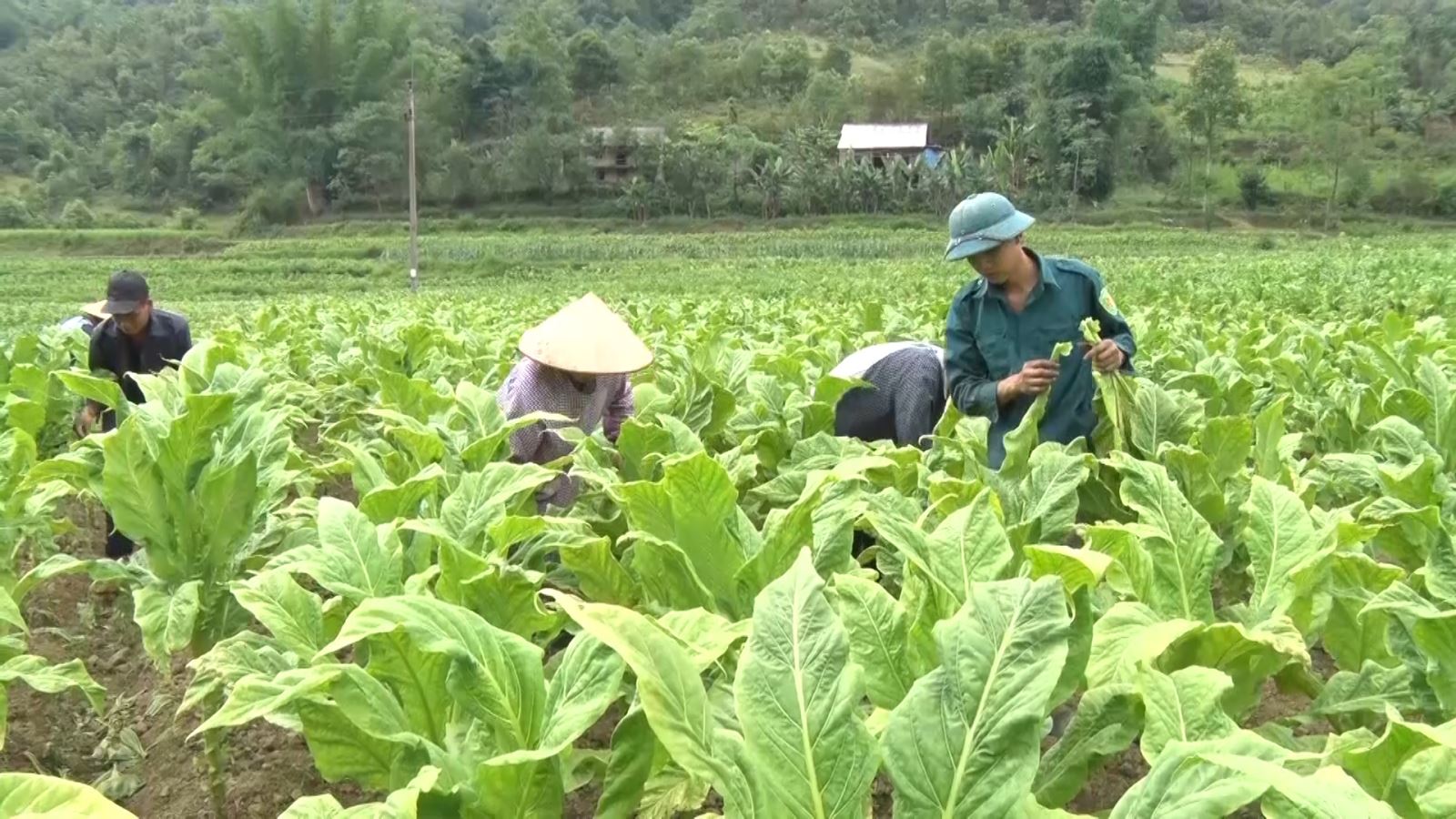






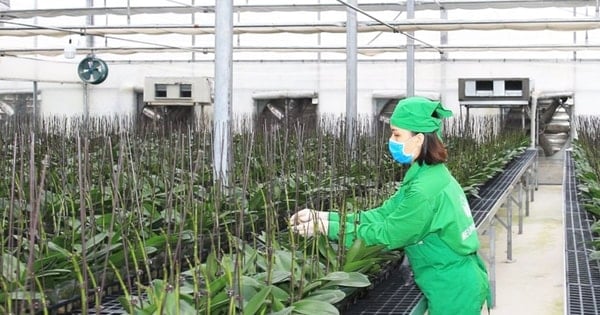
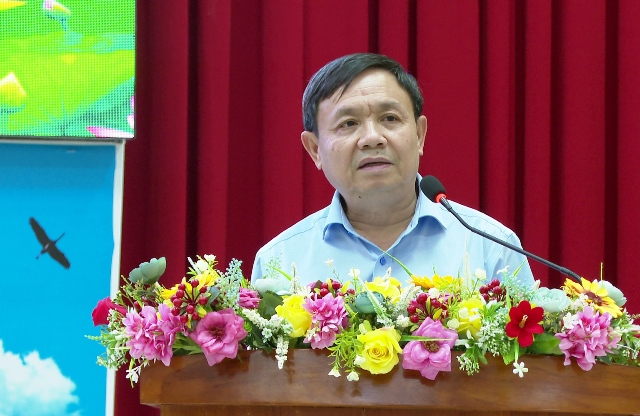

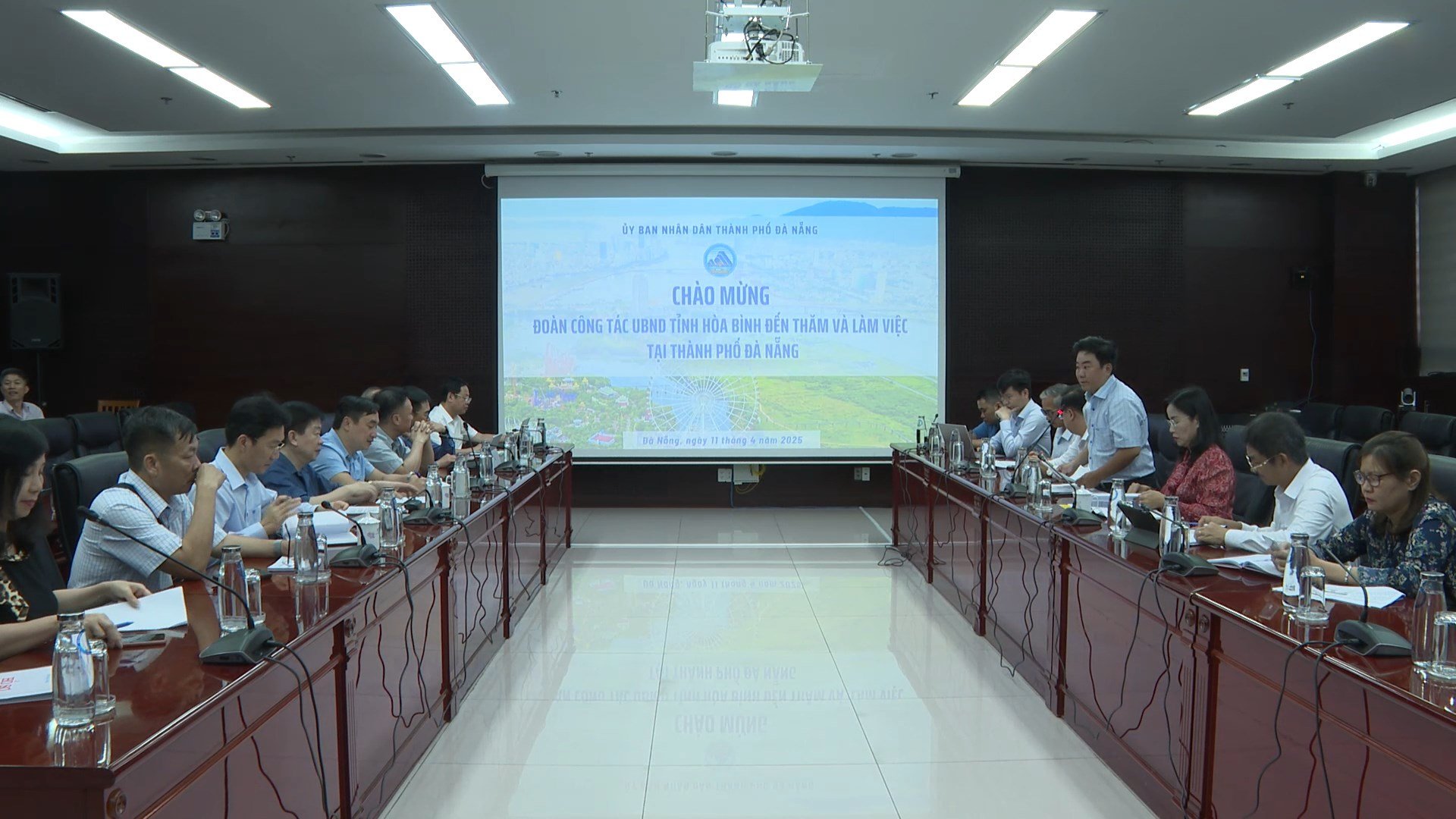

![[Photo] Summary of parade practice in preparation for the April 30th celebration](https://vstatic.vietnam.vn/vietnam/resource/IMAGE/2025/4/11/78cfee0f2cc045b387ff1a4362b5950f)
























































Comment (0)